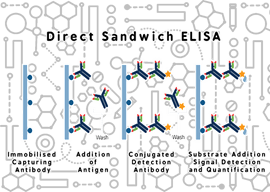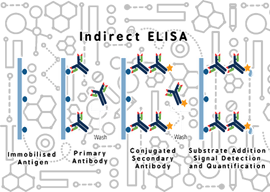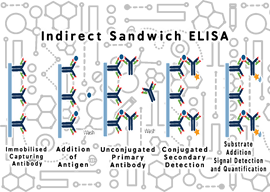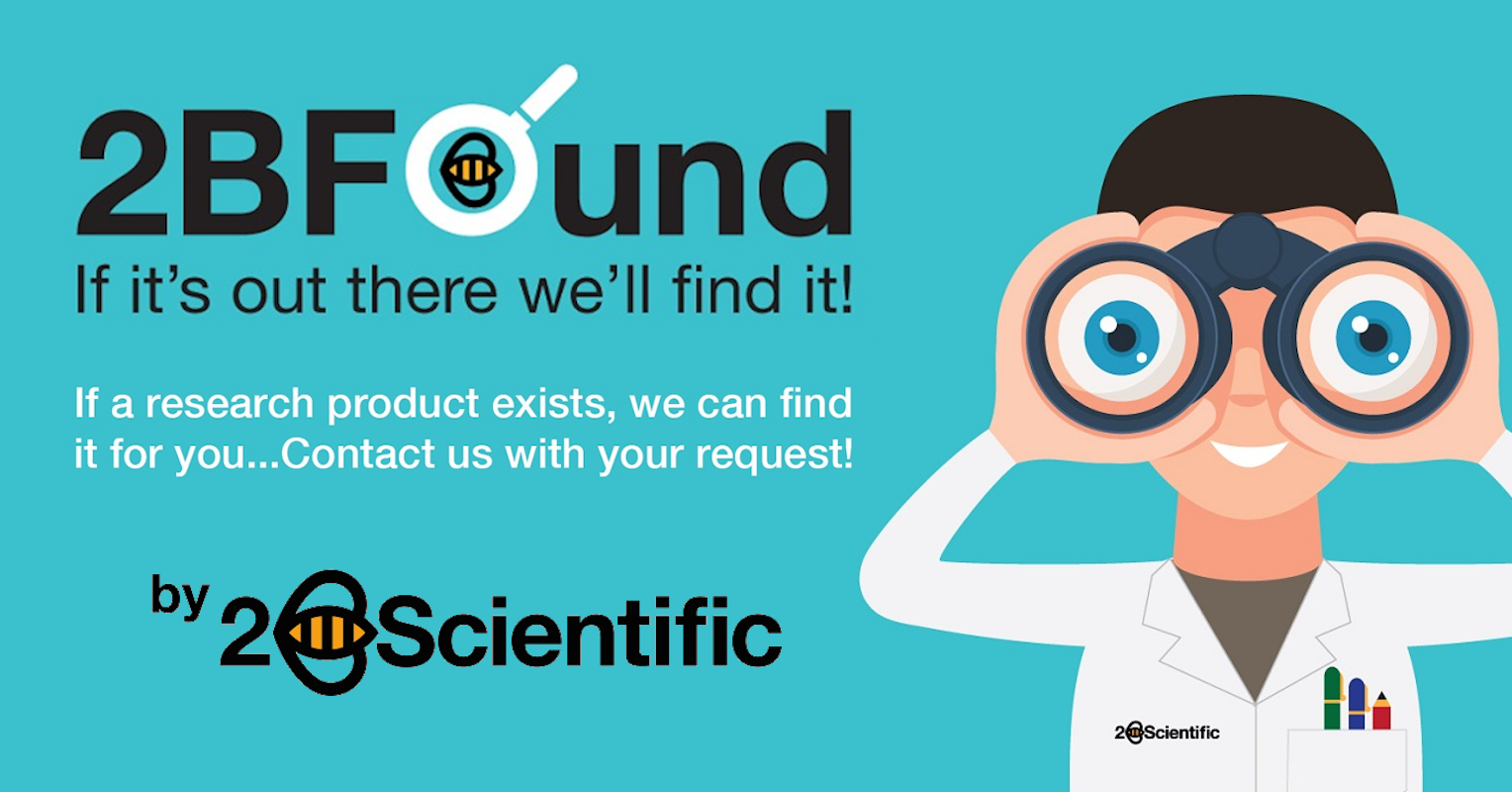How does ELISA work?
ELISA (Enzyme-Linked Immunosorbent Assay) is a widely used laboratory technique that detects and quantifies specific molecules such as proteins, antibodies, and antigens. It relies on the specificity and high affinity of antibodies for their target molecules to generate a measurable signal. ELISA is used in a wide range of applications, including clinical diagnostics, drug discovery, and basic research.
Below are four of the most widely used ELISA laboratory techniques:
Direct ELISA
In a direct ELISA, the antigen of interest is directly immobilised onto the surface of a microplate. Then, a primary antibody, which specifically recognises and binds to the antigen, is added to the plate. Finally, a secondary antibody conjugated with an enzyme is added to the plate, which binds to the primary antibody and produces a detectable signal (usually colorimetric) that can be measured using a spectrophotometer.

Direct sandwich ELISA
In a direct sandwich ELISA, the antigen of interest is sandwiched between two antibodies: a capture antibody that is immobilised onto the surface of a microplate and a detection antibody that is conjugated with an enzyme. The capture antibody specifically recognises and binds to the antigen, immobilising it onto the plate. Then, the detection antibody is added, which recognises and binds to a different epitope (region) on the antigen. The enzyme conjugated to the detection antibody produces a detectable signal that can be measured using a spectrophotometer

Indirect ELISA
In an indirect ELISA, the antigen of interest is immobilised onto the surface of a microplate, just like in the direct ELISA. A primary antibody that recognises and binds to the antigen is added to the plate followed by a wash step. A secondary antibody conjugated with an enzyme is then added to the plate, which recognises and binds to the primary antibody, producing a detectable signal that can be measured using a spectrophotometer.

Indirect sandwich ELISA
In an indirect sandwich ELISA, the antigen of interest is sandwiched between two antibodies, just like in the direct sandwich ELISA. However, instead of using a detection antibody conjugated with an enzyme, a secondary antibody that recognises and binds to the detection antibody is added to the plate. This secondary antibody is conjugated with an enzyme, producing a detectable signal that can be measured using a spectrophotometer.

Examples of Applications for Each ELISA Type
| Direct ELISA | Quantifying the amount of an antigen in a sample Detecting viral or bacterial proteins in patient samples Monitoring therapeutic drug levels in patients |
| Indirect ELISA | Detecting the presence of antibodies in a patient's serum Screening for infectious disease such as HIV and hepatitis Measuring the immune response to vaccines |
| Direct sandwich ELISA | Measuring the amount of a specific protein in a biological sample Detecting cancer biomarkers in patient serum Monitoring the concentration of cytokines in cell culture supernatants |
| Indirect sandwich ELISA | Detecting the presence of autoantibodies in patient serum Measuring the concentration of cytokines in biological fluids Detecting allergen-specific IgE antibodies in patient serum |
